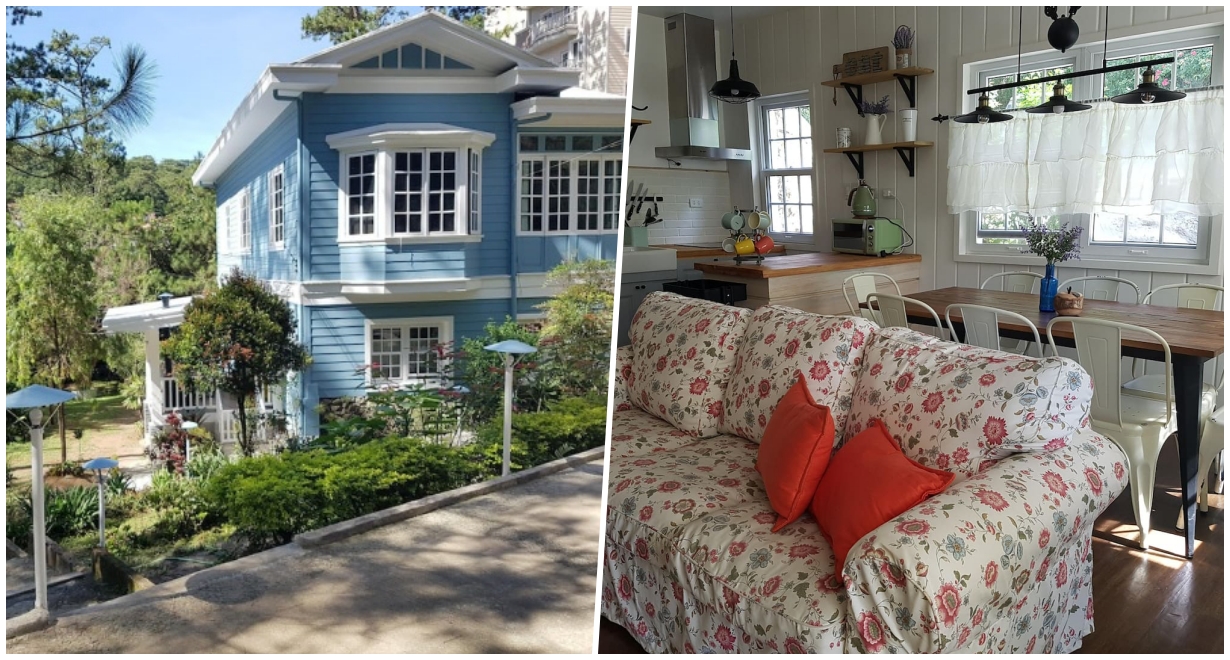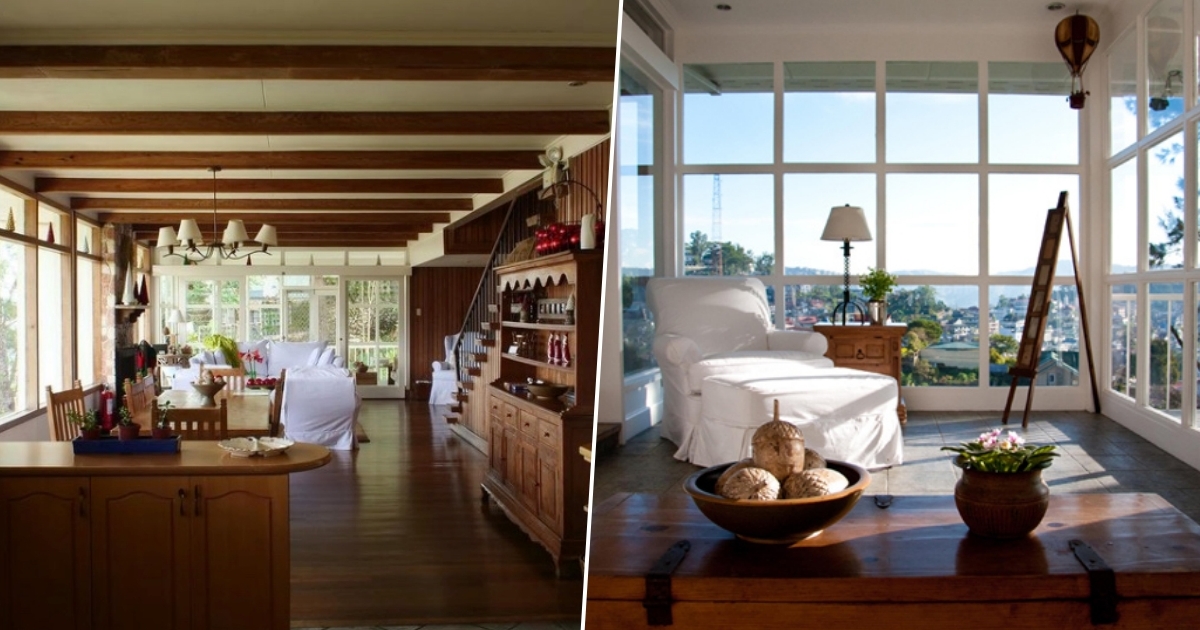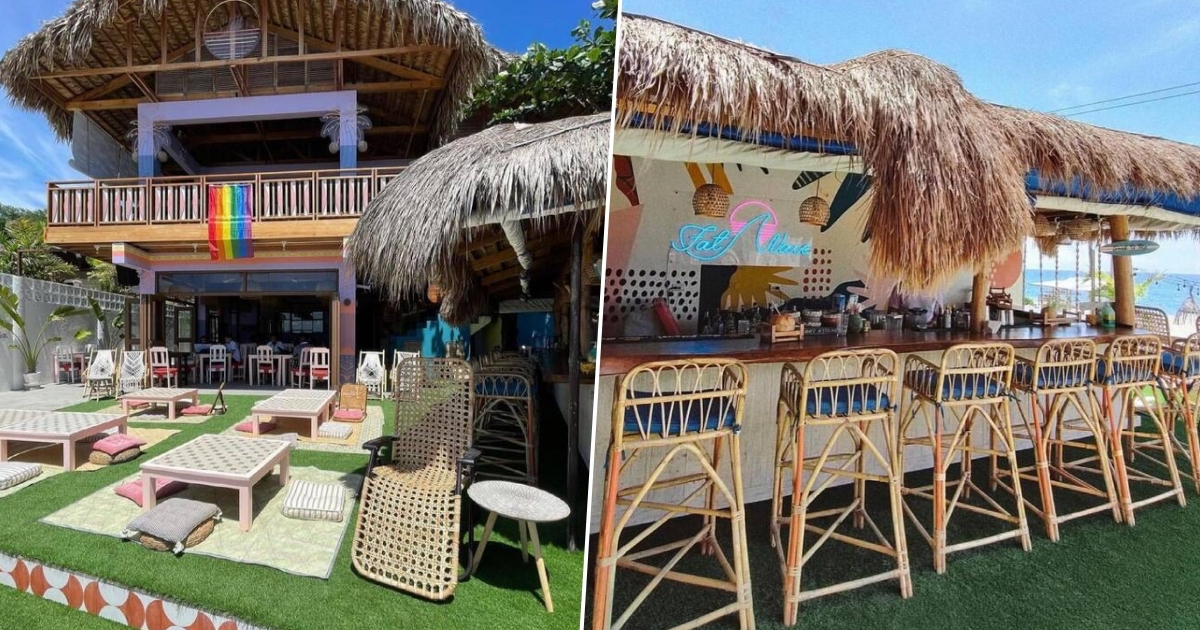Kalinga Ink Adventure Part 2: Buscalan and the Batok Process
Here's all you need to know.
by Andy Flores | October 13, 2016
So you’ve decided you want to get a batok, a Kalinga traditional tattoo?
Well, it’s something that brave headhunters and women earned back in the day, and it’s somehow still something earned by people today who really want it. Only difference is, don’t need to behead enemies or defend your land to get one, but rest assured, your journey towards getting a Kalinga traditional tattoo will still be quite the challenge.
Fact is, just getting there will be arduous. The trip would be long and grueling, both to the mind and body, but once you do get your batok (or fatek) you’ll feel like the reward is totally worth it, like you’re the most deserving person on the planet right at that moment.
If you’re dead set on taking the trip to Buscalan, home to the oldest-surviving Kalinga traditional tattoo artist Whang-Od and her apprentices, here’s the second part of our guide to your exciting tattoo adventure in Kalinga.
For tips and a guide on getting to Buscalan, read PART 1 here.
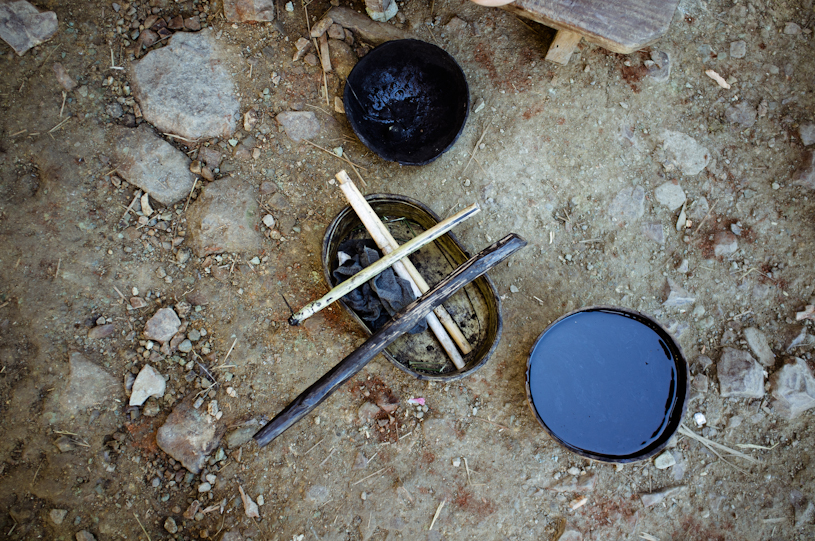
The mambabatok’s tools
Whiyug – is the ink (soot or pine ash mixed with spring water).
Uyot – is the stencil made from dried rice stalk used to draw the design on your skin.
Gisi – is a short stick attached to a pomelo thorn on one end that serves as the needle.
Pat-ik – is the long hardwood stick used to strike the gisi repeatedly against one’s skin.
Are these tools hygienic?
Let’s just say they’re…organic. Kidding aside, the client’s safety is of paramount importance to the tattooists of Buscalan. Each visitor gets his own thorn and wipes (for the blood). But since the place can get packed at times and Whang-Od can get forgetful, too, make sure to keep a close eye on the tools they’ve used on you. Make sure that your thorn is fresh, and the wipe is new.
So far, there haven’t been any reports about contracting serious infections from getting a batok. Of course, proper care should be practiced for the wound to heal properly. Some opt to apply an anti-bacterial ointment on the tattoo, while some take heavy precautions and have an anti-tetanus shot before their trip.
Does it hurt?
Just like getting any other tattoo, getting a batok will hurt. It will hurt a lot. There will be blood. The level of pain, however, will depend on the tattoo’s placement relative to your pain tolerance. Some claim that getting a Kalinga tattoo hurts less than getting a machine-crafted tattoo. Others say the opposite. There have been tourists who have fainted during their tattooing and some who claim that they didn’t even feel any pain (likely an exaggeration) at all. You’ll just have to experience it on your own.
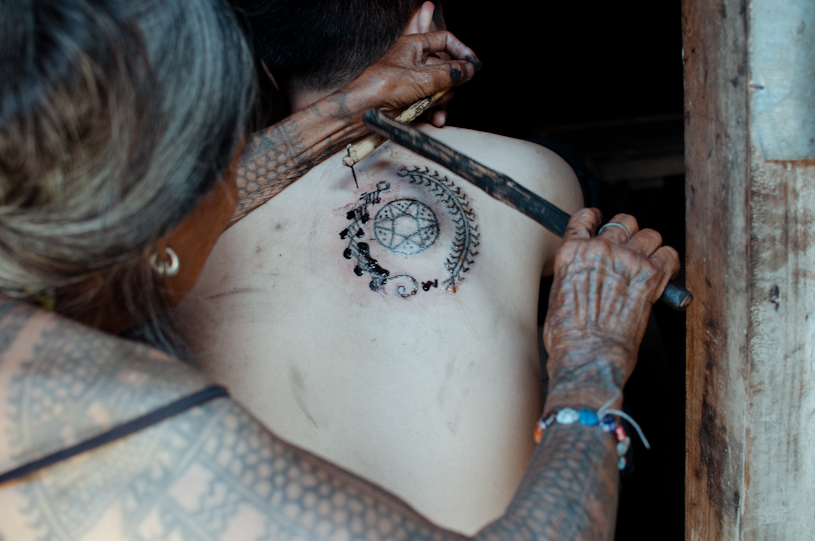
Can I have my own design?
Needless to say, the technique used to ink Kalinga tattoos is totally different from the way commercial tattoos are done, so it would be best to keep that elaborate design you have in mind to yourself for now. Get it done at a reputable tattoo studio in the city, instead.
How long does it take?
The time to complete a batok varies per design and also depends on your pain tolerance—if you can’t take it, you’ll need to ask for a break every few minutes. But, on the average, it will take about 30-45 minutes to complete a batok.
What’s the healing process like?
Coconut oil will be brushed over your batok after it’s completed. In less than 24 hours, the wound will look black and embossed and the skin around it will appear bruised and swollen. Don’t worry, it’s perfectly normal. After a few days, the tattooed area will feel really itchy, and the tattoo will look crusty. No matter how tempting, DO NOT SCRATCH OR PICK ON IT. Let the scabs fall off on their own to reveal an ash-gray layer of skin below. It should darken in about a month.
How much is one tattoo?
Before Buscalan became a tourist magnet, it used to be that the client decided how much he’d pay. Back then, any amount would be accepted with grateful hands. Today, however, prices of the tattoos are to be decided on by Whang-Od herself.
Prices range between PHP300-PHP1500 or even more, depending on how big your design is and how many designs you want. This shift in mercantile exchange can be perceived as a budding business’s reply to a swift increase in demand, or you can view it as a precious fragment of Philippine culture corrupted by tourism. Certainly, with the recent influx of visitors, the people of Buscalan also have to find ways to maintain their tiny mountain village and make a living—which can be costly.
What are my accommodation options and their amenities?
To be honest, there aren’t much accommodation options in Buscalan, really, and a homestay (that costs PHP250 a night, per head) is your best bet. Your guide will arrange this for you, as a lot of houses in Buscalan have been renovated to make tourists more comfortable during their visit.
Windowseat Travel Tip: Aside from beddings, a homestay also covers meals with unlimited rice and coffee. If you’re a picky eater, do bring canned goods, as the food that will be served to you will be very modest.
Should I bring thank-you presents for my tattooist and hosts?
It’s up to you. You’re not required to bring gifts, but they will really appreciate whatever you give them. There are a lot of kids in the area, so you might want to bring some sweets and pencils. You can also give matches as the locals still use firewood for cooking. And since health centers are situated quite far from the village, it would be of great help to the community if you could give them some medicine kits, complete with over the counter drugs for common symptoms.

What else can I do in Buscalan?
Buscalan is so blessed with beautiful sights you shouldn’t miss during your stay. Watch the sun rise behind the breathtaking mountains of Buscalan; enjoy a cup of coffee by the rice terraces, as you watch the farmers take on their daily grind; stretch out those legs and take another trek to the next village, Tulgao; bathe in the waters of Palan-ah falls and hot springs.
Windowseat Travel Tip: There is electricity in Buscalan, yes. However, don’t expect any kind of reliable mobile reception. You are in the mountains, after all. Make sure to let your family, friends, and colleagues at work know about your travel plans in advance. Your social media profiles will have to take a break, too.
What souvenirs can I buy?
You’ll surely fall in love with their coffee, so you might want to take some ground beans home. You can also buy handcrafted knives there, as Buscalan boasts blacksmiths, too. No surprise there, since Kalinga is home to some of the fiercest headhunters that ever lived.
Now, how do I get back to Manila?
Hike back to Bugnay early in the morning. At the turning point, you can take a habal-habal (PHP100) to cut down on your travel time. Take a bus or jeepney back to Tabuk (PHP150.00). And finally, take a bus back to Manila. There are two trips daily. One leaves at 5:00 P.M. The second one leaves at 5:30 P.M.
If you’re all set then one last word to the wise: respect the culture of the people you will meet and just enjoy the experience. Trust us when I say that it will be a trip you won’t soon forget.
Got any other travel tips or advice for those who want to go to Buscalan? Tell us in the comments below!







